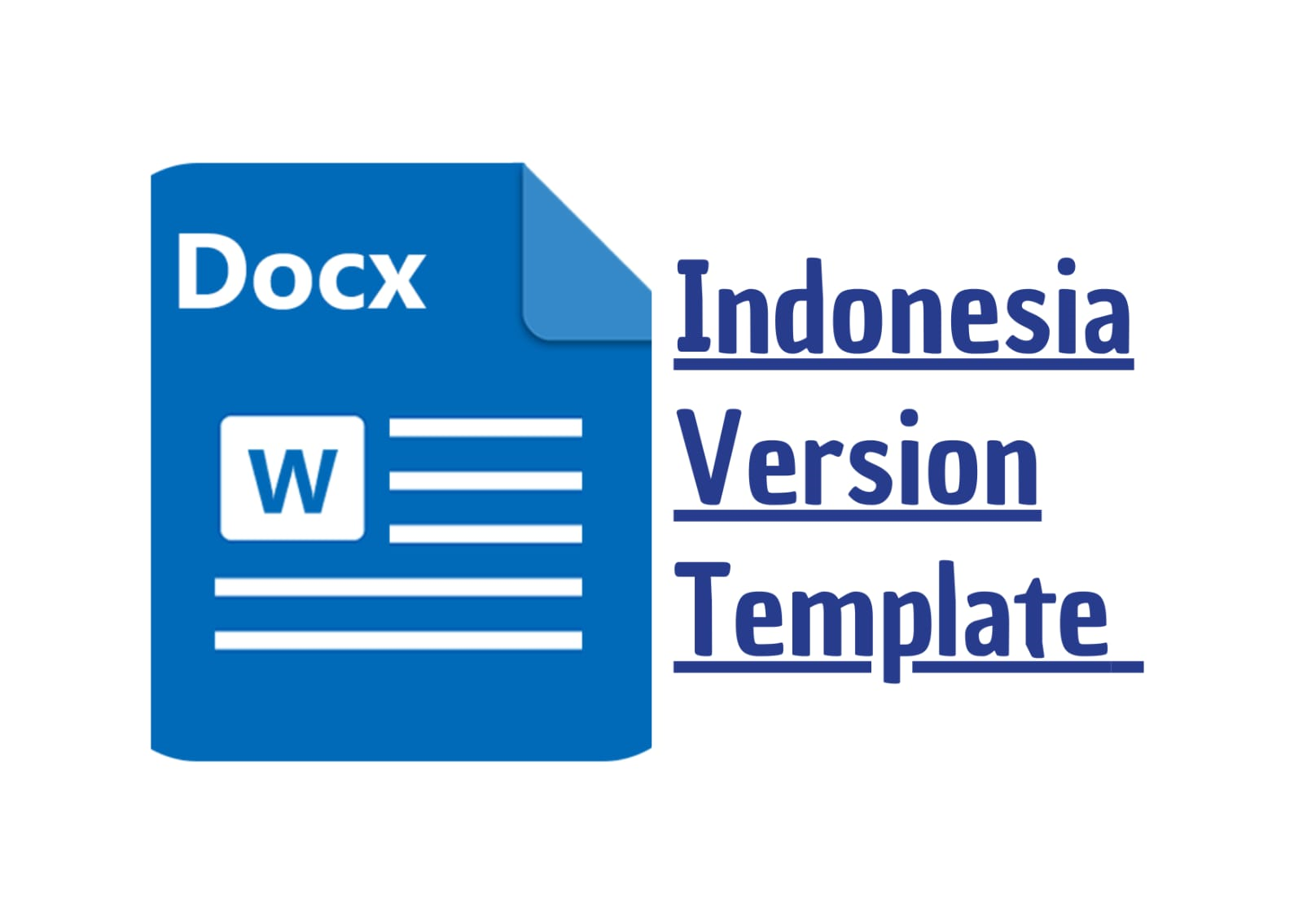Women’s Language Features of an Ancient Chinese Female Warrior Disguised as a Male in “Mulan”
Keywords:
women, language, Feature, Function, MovieAbstract
The main purpose of this study was to find out and explain the functions of women’s language features that are used by Mulan in the movie. This study applied qualitative and descriptive methods while the primary data were taken from the utterances said by the main character in the movie. The method that was used to collect the data was the documentation method through the note-taking technique. The data analysis was analyzed using the theory proposed by Lakoff in 1975, supported by the theory by Holmes in 2013. The result of this study showed that there are five out of ten features found in the character utterances: lexical hedges or fillers, super polite forms, hypercorrect grammar, emotional emphasis, and empty adjectives. The character mostly uses the women’s language features in her utterances as a hedging device rather than boosting device. She uses it as a symbol of her self-expression regarding her hesitation, politeness, and her emotions throughout the movie.
Downloads
References
Aini, L. M. 2016. Women Language Used by the Main Characters of Mockingjay Movie. Malang: English Language and Letters Department, Maulana Malik Ibrahim State Islamic University of Malang.
Butler, Judith. 1990. Gender Trouble: Feminism and the Subversion of Identity. London: Routledge.
Chandra, D., & Yulia, M. 2017. ‘Nicki minaj’s comments in american idol season 12: an analysis of women’s language features’. International Journal of Humanity Studies, 1(2), 185–193. https://doi.org/10.24071/ijhs.2018.010204
Claudia, Bernadeta Erwips. 2018. The Women’s Language Features of a Masculine Woman Host in The Ellen DeGeneres Show. Yogyakarta: English Language Education Study Program, Sanata Dharma University.
Crawford, M. 1997. Talking difference: On gender and language. SAGE Publications Ltd, https://www.doi.org/10.4135/9781446250594
Creswell, J. W. 2014. Research Design: Qualitative, Quantitative, and Mixed Methods Approaches. California: SAGE Publications.
Eckert, P., McConnell-Ginet, S. 2013. Language and Gender (Second Edition). Cambridge: Cambridge University Press.
Fausto-Sterling, Anne. 2000. Sexing the Body: Gender Politics and the Construction of Sexuality. New York: Basic Books.
Goddard, Angela, Patterson, Lindsey Mean. 2000. Language and Gender. London: Routledge.
Halliday, Michael Alexander Kirkwood, Hasan, Ruqaiya. 1985. Language, Context, and Text: Aspects of Language in a Social-semiotic Perspective. Deakin University Press.
Holmes, J. 2013. An Introduction to Sociolinguistics (Fourth Edition). London: Routledge.
Hornby, A. S. 2006. Oxford Advanced Learner’s Dictionary of Current English. UK: Oxford University Press.
Hudson, R. A. 1996. Sociolinguistics. Cambridge: Cambridge University Press.
Itmeizeh, Mahmoud, Ma’ayeh, Sandra. 2017. ‘Evolution of gender roles and women’s linguistic features in the language of disney’. Language and Literature, Languages and Linguistics. 36. 29-38.
Lakoff, R. 1973. ‘Language and woman’s place’. Language in Society, 2(1), 45–80.
Lakoff, Robin Tolmach. 1975. Language and Woman’s Place. New York: Harper & Row.
Lakoff, Robin Tolmach. 2004. Language and Woman’s Place: Text and Commentaries. Oxford University Press.
Lyons, John. 1981. Language and Linguistics: An Introduction. Cambridge, England: Cambridge University.
Nakamura, Momoko. 2014. Gender, Language and Ideology: A Genealogy of Japanese Women’s Language. Amsterdam: John Benjamins Publishing Company.
Oktapiani, Tika, Natsir, M., & Setyowati, Ririn. 2017. ‘Women's language features found in female character’s utterances in the devil wears prada movie’. Jurnal Ilmu Budaya, 1(3), 207-220. http://dx.doi.org/10.30872/jbssb.v1i3.672
Paramita, Rizka Laksmi. 2019. Analysis of Gender-based Language Feature of the Main Character in the Movie Candy Jar. Semarang: Diponegoro University.
Sotomayor, H. 2019. ‘Hua mulan’. Footnotes, 12. Retrieved from https://journal.lib.uoguelph.ca/index.php/footnotes/article/view/5318
Speer, Susan. 2005. Gender Talk: Feminism, Discourse, and Conversational Analysis. London: Routledge.
Wardhaugh, R. 2006. An Introduction to Sociolinguistics (Fifth Edition). New Jersey: Blackwell Pub.
West, C., & Zimmerman, D. H. 1987. ‘Doing gender’. Gender & Society, 1, 125-151.
Downloads
Published
How to Cite
Issue
Section
License
Copyright (c) 2022 Elizabeth Sylvania Lie

This work is licensed under a Creative Commons Attribution 4.0 International License.




















